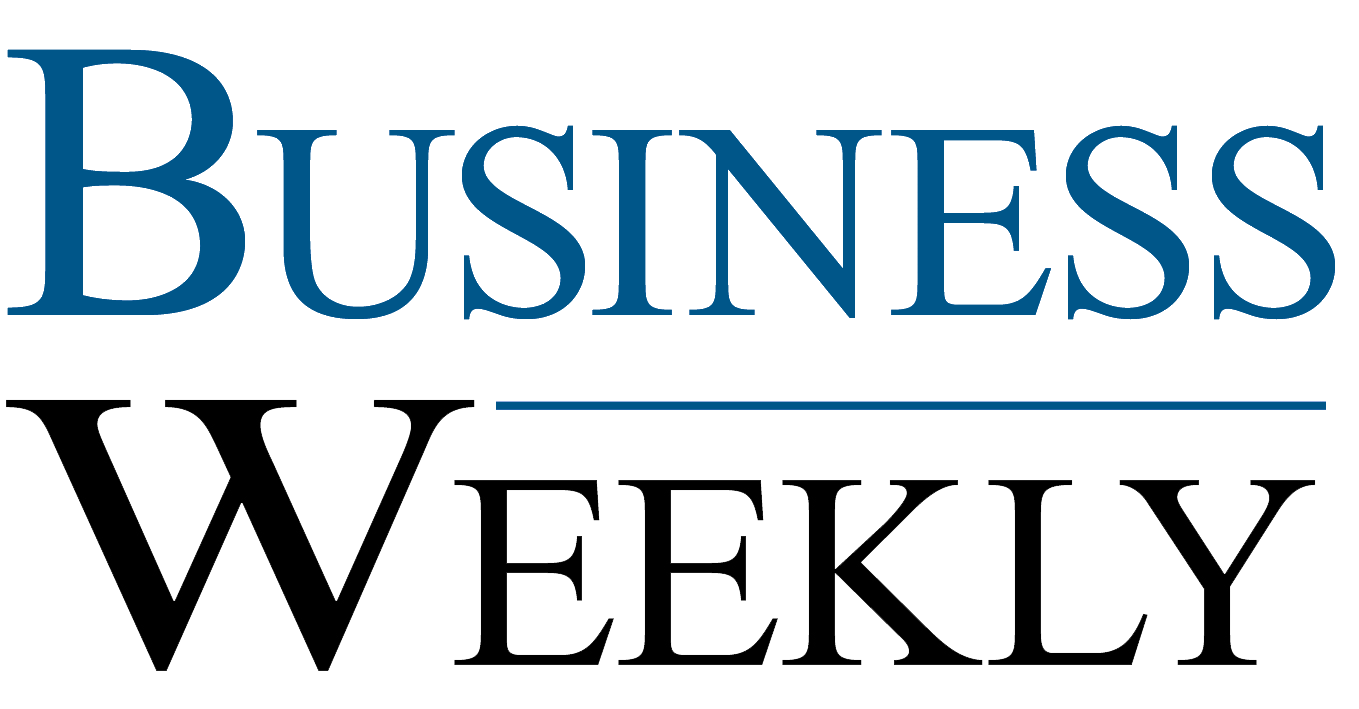
eBusiness Weekly

In recent weeks we have seen a procession of chief executive officers of listed companies addressing annual general meetings and announcing significant improvements to revenues and large jumps in profits.
They still warn about potential constraints; they still express fears.
But the off-the-shelf phrase “the present harsh economic climate” seems more and more inappropriate. Business in Zimbabwe is largely moving forward; the National Social Services Authority has reported that this year more than 60 000 new people are included in its pension and compensation schemes for those in formal employment outside domestic and farm work.
There are many reasons, but the political changes in November last year rank high on every list. The Government has been getting off the back of business, and the lack of faction fighting in the Government and the eagerness just about every Minister, from the President down, to see progress and development regardless of where it is has made things a lot easier.
That is the good news.
There are potential constraints ahead, although these are the results of success, not failure. Management of foreign exchange needs to be tight until exports rise significantly, and that in itself will be a result of continued economic development. We not only need to import more raw materials for growing industries and new industries, we also need to remember that as factories start exceeding 80 percent capacity utilization their owners will need to import more equipment. Shift work and smarter maintenance schedules can boost productivity of what we have, but only for a while. But the Reserve Bank of Zimbabwe and the Government are aware of the problem and bridging loans are possible for production, although not consumption.
Infrastructure upgrades are also high on most lists.
Again the Government has put these on high priority. On electricity the extra 500MW at Kariba South, which sorts out maximum demand power, was commissioned this year and work has now started on the 600MW extension at Hwange Thermal to provide the extra energy 24 /7 that we need rather soon if we want to keep factory wheels turning.
A lot of work has been done on repairing the main road network, although side roads are still bad, and the Government has gone to extremes to start the overdue dualisation of the main north-south highway from Beitbridge through Masvingo and Harare to Chirundu. We believe that the other main highway, from Mutare through Harare and Bulawayo to Plumtree could also generate sufficient toll income in the central Harare-Bulawayo section for work to start soon, although the end bits — Bulawayo-Beitbridge, Bulawayo-Victoria Falls, Bulawayo-Plumtree and Harare-Mutare — might need more traffic before an upgrade is viable.
Zimbabwe’s rail system had for all practical purposes collapsed by November last year. Since then new rolling stock has been leased and the National Railways of Zimbabwe is back in operation.
The interconnected SADC railway system uses the fairly narrow Cape gauge, so high speed trains are not possible, South Africa’s Blue Train being about the limit. But the present single track working on the narrowish gauge can absorb a several-fold increase in traffic before the region needs to even contemplate a complete rebuild to a faster standard gauge.
Other work is also possible for significant improvement at modest cost. Harare City Council, for example, could get traffic moving smoothly with three modest investments and one slightly more expensive project.
The cheapest one, and so the first one, would be to extend the six-lane section of Samora Machel Avenue Central to the west from Park Street to Rotten Row and east from Simon Muzenda Street to Enterprise Road.
More expensive, but not dramatically so, is to buy-out the six run-down properties at the west end of Nelson Mandela Avenue, so that street can be one way from Enterprise Road to Rotten Row, and demolish the small old building between the Simon Muzenda Street carpark and bus terminus and reclaim a strip of land from Raylton Sports Club so Jason Moyo Avenue can also connect the two end highways one-way throughout. Rotten Row can also be widened within the existing road reserve.
The southern exit to the city centre requires dramatic work on the intersection of Kenneth Kaunda Avenue, Charter Road, Seke Road and Julius Nyerere Way. This probably requires a flyover and so the demolition of the old police building on the corner, but the police can be compensated with land next to the Magistrates’ Courts for headquarter purposes while keeping the newer part of the exiting central station complex for public use.
At the same time it might well be possible to reach a deal with the railways, who now need to rebuild workshops and the like, to swop some land near the railway station for more land elsewhere and build the long-needed central bus station and terminus for the southern and western routes near the railway station, rather than have a bus rank on every street corner in the “Cococabana” area. That bus station would still be central but off the streets, avoiding the disaster of the plan to put bus stations far from town that had to be reversed a couple of months ago.
The point we are making is that we now need to grapple with success, not failure. A lot of planning has been done. Government is taking action on the things central governments have to do. Now local governments, businesses and the like, also need to see the big picture, initiate debate and start doing their bit.



